Thursdays I
You Are Your Own Voyeur: Female Sexuality and the Male Gaze
Programmed by Amélie Pavel
"Male fantasies, male fantasies, is everything run by male fantasies? Up on a pedestal or down on your knees, it's all a male fantasy: that you're strong enough to take what they dish out, or else too weak to do anything about it. Even pretending you aren't catering to male fantasies is a male fantasy: pretending you're unseen, pretending you have a life of your own, that you can wash your feet and comb your hair unconscious of the ever-present watcher peering through the keyhole, peering through the keyhole in your own head, if nowhere else. You are a woman with a man inside watching a woman. You are your own voyeur."
-Margaret Atwood, The Robber Bride
In her famous polemic denouncing the male gaze, Laura Mulvey identifies three different types of "looking" the film experience. First, the camera itself that captures the "pro-filmic event," second, the audience watching the final cut, and finally, the characters themselves. In dialogue with Mulvey, Margaret Atwood claims that the woman ultimately cannot escape male fantasies, and thus becomes her own voyeur. This series invites viewers to take a "second look" at the lenses through which female characters' sexuality is portrayed in the selected films, namely through the male characters' and film form's gaze. While the male gaze creates a distancing effect that renders the woman into an alien, an ideal, this distance also provides a space for a distinctive form of agency, cultivated from behind a stylized facade. By playing with this image-ideal, the woman can manipulate her voyeur to her own advantage. In these films, the girls know their power, and how to use it for their own ends--whether it means their success or their downfall.
10/11/2018 @ 7:00 PM
The Virgin Suicides
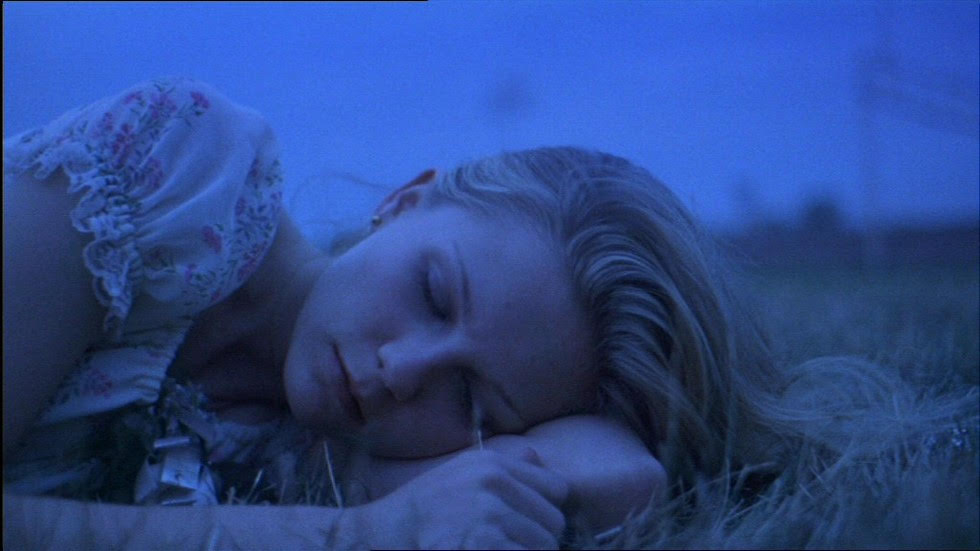
(Sofia Coppola, 1999) · Sofia Coppola, the director of Lost in Translation, earned her status as indie royalty with her breakout debut feature, in which the inexplicable suicides of five beautiful and heavenly sisters upend the lives of the "boys next door." With oodles of dark humor juxtaposed against ethereal imagery of rose petals, gel pens, and a veiled Virgin Mary, Coppola paints a vivid portrait of a female adolescent psyche suffocated by restrictions and repression--one that is as unfathomable to the boys as it is touching for the viewer.
runtime: 97m format: 35mm
10/18/2018 @ 7:00 PM
3 Women
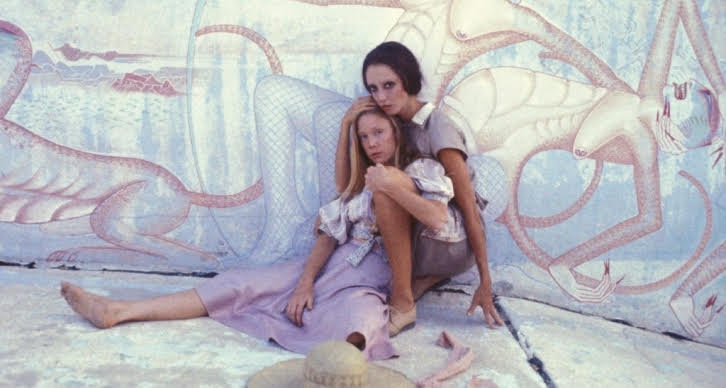
(Robert Altman, 1977) · Robert Altman claimed that the vision for this film came to him in a dream. Shelley Duvall and Sissy Spacek star as roommates Millie and Pinky, two loners far away from home who struggle to find a place where they belong. Under pressure from the difficulties of social interaction, their identities begin to dissolve and merge. Arguably Altman's most experimental film, 3 Women crafts a surrealist mirror world in which its characters are submerged and must fight to stay afloat.
runtime: 124m format: DCP
10/25/2018 @ 7:00 PM
Peeping Tom
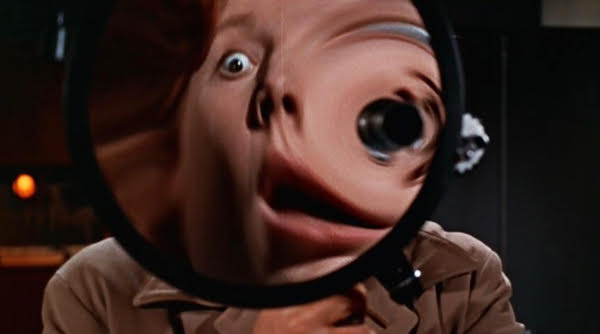
(Michael Powell, 1960) · In the age of "la société du spectacle," Michael Powell's 1960 Peeping Tom is now more timely than ever. The film follows a filmmaking serial killer who captures his victims' dying moments on videotape to use as footage for his documentary on fear. Probing the ethical questions of documentary filmmaking, voyeurism, and the portrayal of violence against women in film, Peeping Tom not only inaugurates the slasher film genre, but engages with it critically through its disturbing mise-en-abyme.
runtime: 101m format: DCP
11/01/2018 @ 7:00 PM
Belle de jour
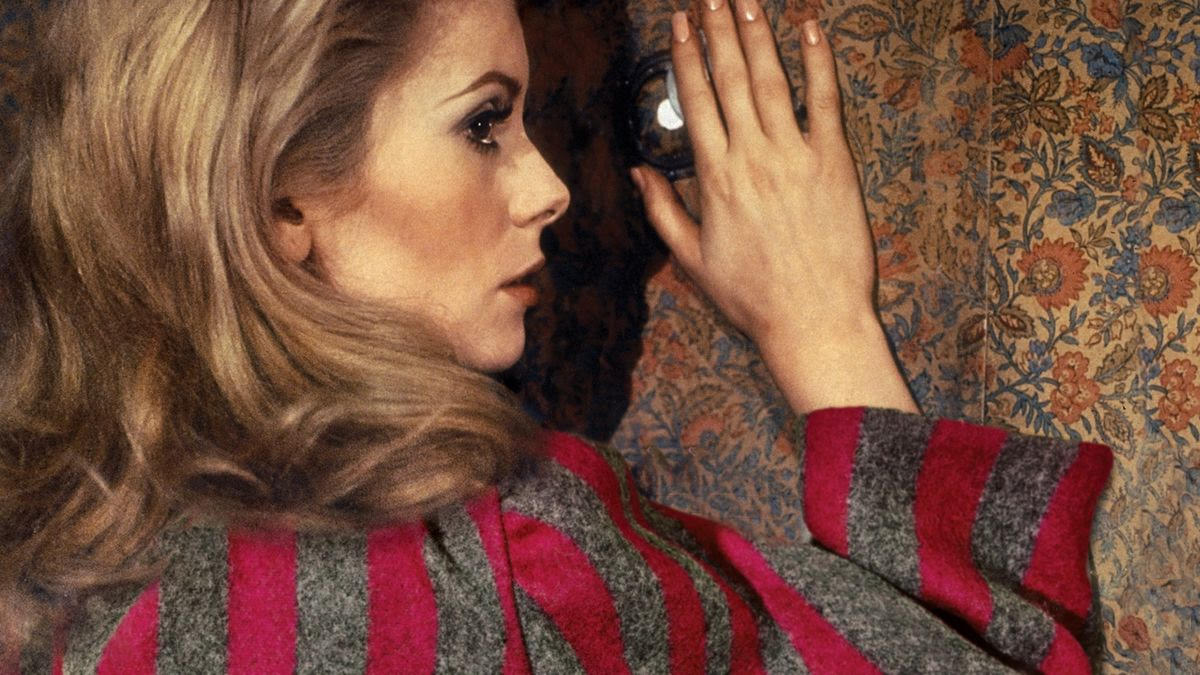
(Luis Buñuel, 1967) · Like Emma Bovary a century before, Séverine Serizy (a luminous Catherine Deneuve) is a bored, affluent housewife estranged from her husband and engrossed in her sexual fantasies--unlike Emma, Séverine dreams of sadism and bondage. To pursue these fantasies, she becomes a daytime fille de joie at a high class brothel, but leading a double life is hardly a dream come true. Séverine soon finds herself struggling to distinguish her domestic and professional life from the specters of her erotic nightmares.
runtime: 106m format: 35mm
11/08/2018 @ 7:00 PM
Picnic at Hanging Rock
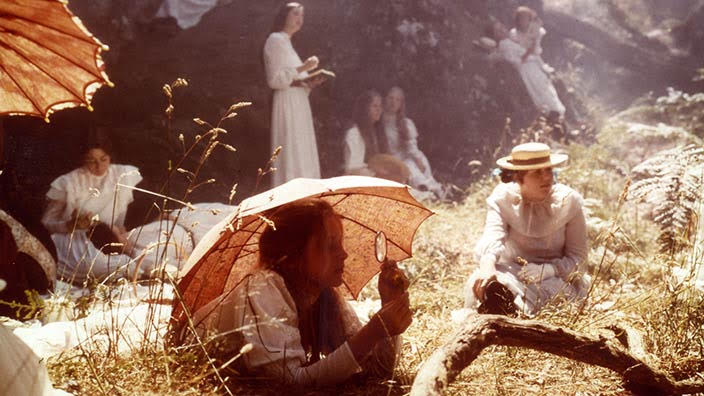
(Peter Weir, 1975) · 15 years before Dead Poets Society, Peter Weir told a different kind of high school tragedy: one of otherworldly mystery and Victorian repression under the blazing Australian sun. Three girls disappear without a trace on a school trip, and the people they leave behind embark on an obsessive search to find them. Picnic at Hanging Rock is an unsettlingly eerie plunge into an oneiric realm of violence and poetry, and it cemented Weir's place at the forefront of the Australian New Wave.
runtime: 115m format: 35mm
11/15/2018 @ 7:00 PM
Cat People
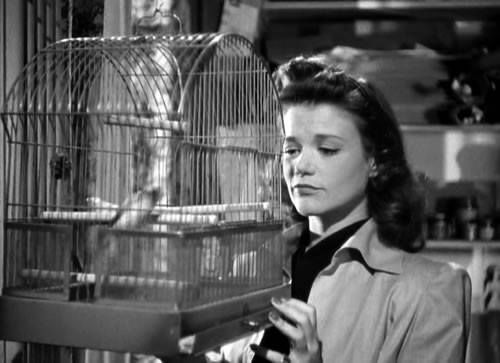
(Jacques Tourneur, 1942) · The original 1942 Cat People, starring Simone Simon, is a seminal work in film history that revitalized the use of shadows as a means of generating suspense, by leaving its terrors to its audience's imaginations. Newlywed Irena is terrified of physical intimacy with her husband, fearing that the excitement will turn her into a feline monster. Latent with repression, the film's sophisticated psychological treatment of its heroine cleverly addresses the rapprochement between eroticism and violence in female sexuality.
runtime: 73m format: DCP
11/29/2018 @ 7:00 PM
Valerie and Her Week of Wonders
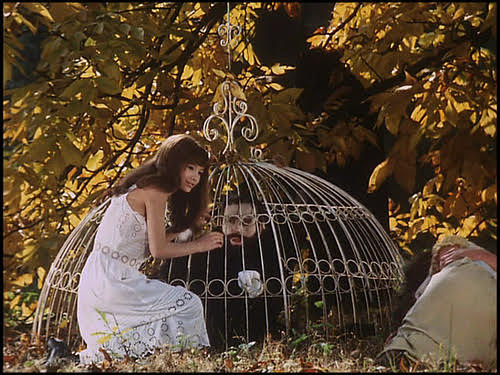
(Jaromil Jireš, 1970) · Imported 35mm print! Valerie and Her Week of Wonders is a dream within a dream that follows 13-year-old Valerie's sexual awakening, treating the subject with rare sensitivity. A milestone of the Czech New Wave, this film combines elements of fantasy, horror, and surrealism to animate its depiction of Valerie's coming-of-age, stubbornly refusing to be defined as anything other than a challenge to conventions, both in film form and in social commentary.
runtime: 85m format: 35mm
12/06/2018 @ 7:00 PM
Diabolique
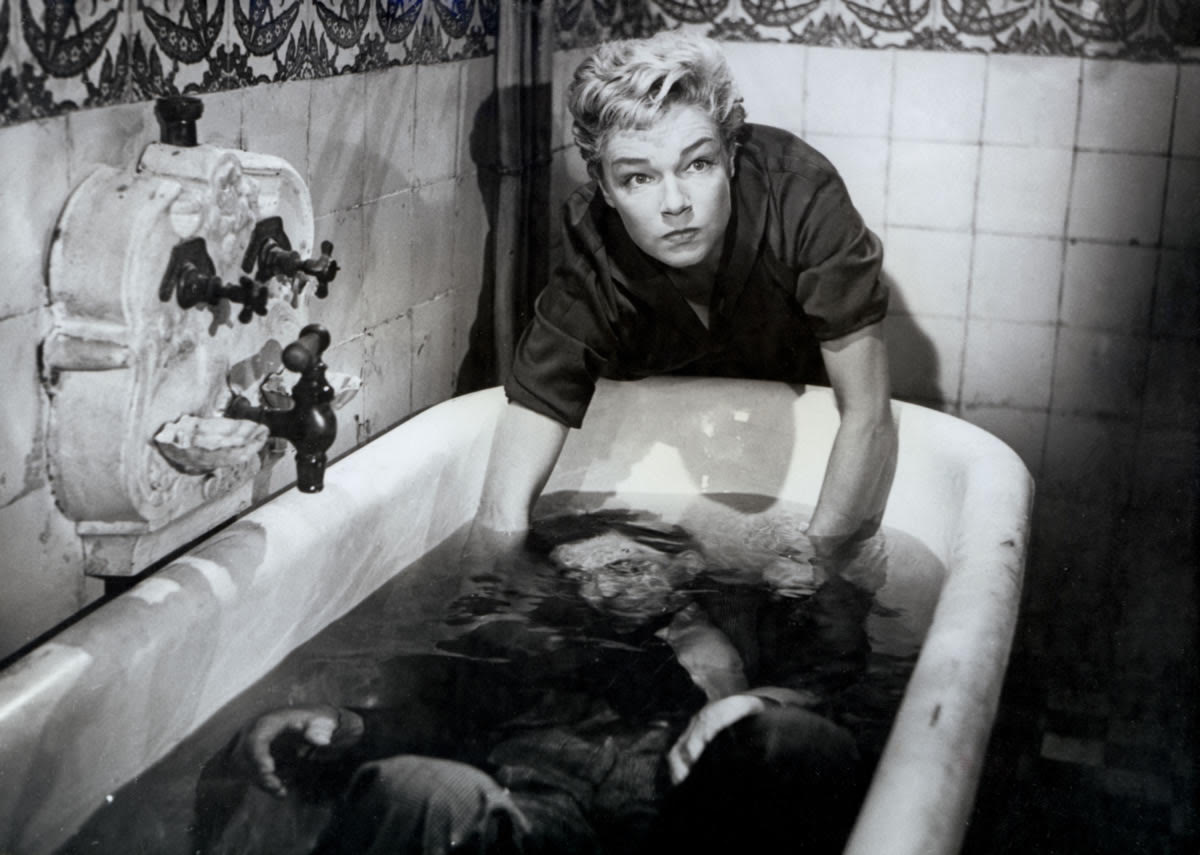
(Henri-Georges Clouzot, 1955) · This seminal work by Clouzot inspired Hitchcock's Psycho. The plot is treacherously simple: a woman and her husband's mistress conspire to murder the man they share. But when the body disappears and strange occurrences begin to haunt the two women, their reality becomes as questionable as their morals. Wired with heart-stopping tension, Diabolique anticipates and surpasses the genre of thrillers that it went on to inspire.
runtime: 117m format: 35mm



